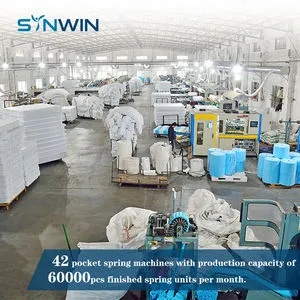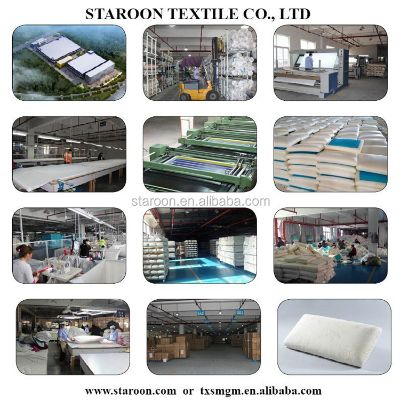The Role of Industrial Management Systems in Textile Industry
Industrial Management Systems (IMS) play a critical role in the textile industry. These systems are designed to optimize production processes, improve resource utilization, and enhance overall efficiency. By implementing IMS, textile companies can reduce waste, increase productivity, and reduce costs. Additionally, IMS can help companies stay competitive by providing them with the tools they need to adapt to changing market conditions and customer demands. Overall, the adoption of IMS is essential for the continued success of the textile industry.
Introduction: The textile industry is a vital sector of the global economy, contributing significantly to employment and economic growth. However, with its complex nature and high level of competition, managing this industry effectively requires robust industrial management systems. This essay will discuss the importance of industrial management systems in the textile industry and provide an overview of some common systems used in this sector.
Industrial Management Systems:
-
Quality Control System (QCS) Quality control system is a critical aspect of any manufacturing industry. It ensures that products meet the required standards and quality requirements. In the textile industry, QCS includes inspections of raw materials, production processes, and finished goods. This helps to identify defects early on and prevent them from reaching the final product.
-
Production Planning System (PPS) Production planning system is used to determine the production schedule and allocation of resources. It involves forecasting demand, estimating production capacity, and determining the optimal time for production. This helps to minimize waste and ensure that the textile industry operates efficiently.
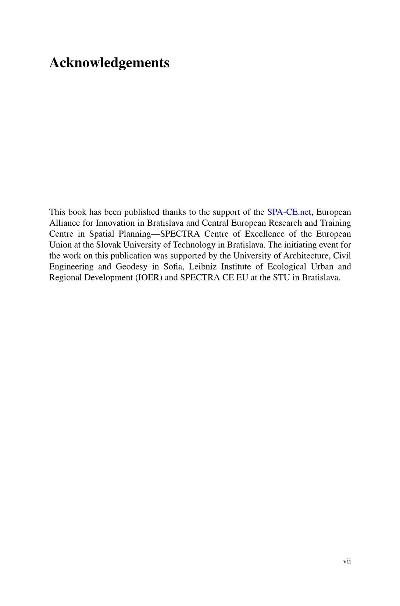
-
Inventory Management System (IMS) Inventory management system is used to track and manage inventory levels. It helps to ensure that there is enough raw material or finished goods to meet customer demand while minimizing storage costs. This system also helps to identify potential stockouts and reorder levels.
-
Workforce Management System (WMS) Workforce management system is used to manage labor resources and optimize production efficiency. It involves tracking employee performance, scheduling work shifts, and ensuring compliance with labor laws and regulations. This system helps to improve productivity and reduce absenteeism.
-
Risk Management System (RMS) Risk management system is used to identify and mitigate risks associated with the textile industry. It involves analyzing potential hazards, developing contingency plans, and monitoring risk levels. This helps to minimize losses due to accidents, natural disasters, or other unforeseen events.
Common Systems Used in the Textile Industry:
-
Kanban System Kanban is a popular system used in the textile industry to improve production efficiency by reducing lead times. It involves using a visual board to monitor and control the flow of materials through the supply chain. This system helps to eliminate bottlenecks and improve delivery times.
-
Six Sigma Methodology Six Sigma methodology is used to improve product quality and reduce defects in the textile industry. It involves implementing statistical techniques to identify and eliminate defects, process variability, and non-value-added activities. This helps to increase customer satisfaction and reduce costs.
-
Total Quality Management (TQM) Total Quality Management is a philosophy that emphasizes continuous improvement and customer satisfaction. It involves identifying opportunities for improvement, implementing best practices, and measuring success. This system helps to build a culture of excellence in the textile industry.
-
Just-in-Time (JIT) Manufacturing Just-in-time manufacturing is a production system that aims to minimize inventory and reduce waste. It involves producing only what is needed at the moment of demand, thereby reducing inventory levels and increasing efficiency. This system is particularly useful in the textile industry where raw materials can be expensive and inventory holding costs can be significant.
Case Study: XYZ Textiles Inc. is a leading manufacturer of high-quality apparel and accessories in the North American market. To maintain its competitive edge, the company has implemented several industrial management systems to streamline its operations and improve quality control.
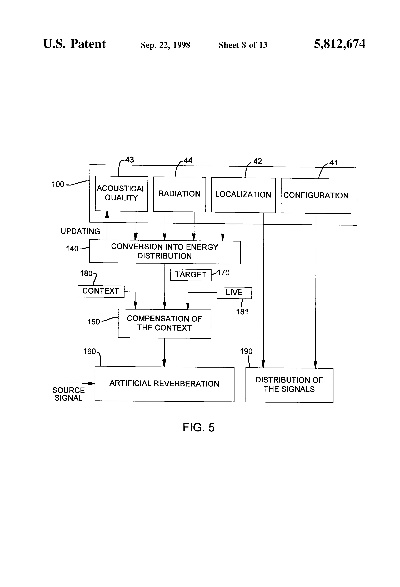
One of the key systems implemented by XYZ is the Quality Control System (QCS). This system involves regular inspections of raw materials, production processes, and finished goods to ensure that they meet the required standards. The company uses automated inspection machines to quickly and accurately detect defects before they reach the final product. Additionally, XYZ employs a dedicated team of quality control inspectors who are trained to identify potential issues and take corrective action promptly.
Another system implemented by XYZ is the Production Planning System (PPS). This system uses advanced software to forecast demand and estimate production capacity. By doing so, XYZ can optimize its production schedule and avoid overproduction or underproduction. The company also uses data analytics to analyze customer behavior and preferences, allowing it to adjust its production strategies accordingly.
Finally, XYZ has implemented the Workforce Management System (WMS) to manage its workforce effectively. The system tracks employee performance, schedules work shifts, and ensures compliance with labor laws and regulations. This helps to improve productivity and reduce absenteeism, ultimately leading to increased profitability for the company.
Conclusion: In conclusion, industrial management systems play a crucial role in the textile industry. They help to ensure that products meet the required standards and quality requirements, optimize production efficiency, and minimize waste. By implementing these systems, textile companies can maintain their competitive edge and achieve long-term success.
纺织厂管理制度概述
纺织厂作为制造业的重要组成部分,其管理制度的建立对于提高生产效率、保障产品质量以及员工权益具有至关重要的作用,本文将围绕纺织厂管理制度展开讨论,包括其基本原则、实施细则以及案例分析。
纺织厂管理制度基本原则
- 高效生产:纺织厂应注重提高生产效率,通过优化生产流程、引入先进设备和技术手段,提高生产效益。
- 员工权益保障:纺织厂应保障员工权益,包括劳动保护、福利待遇、培训发展等方面。
- 公平公正:纺织厂管理制度应公平公正,确保所有员工在相同条件下享有平等的待遇和机会。
纺织厂管理制度实施细则
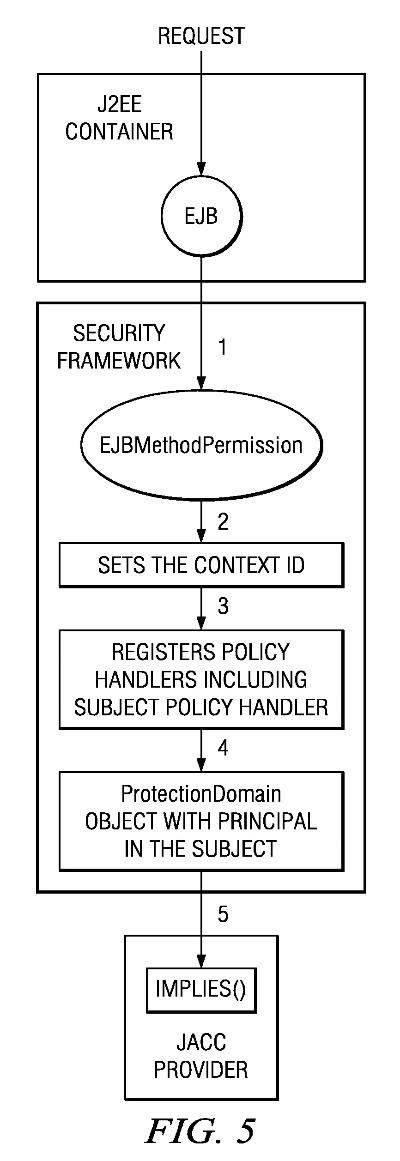
- 岗位设置与职责明确:纺织厂应根据生产需要,合理设置岗位,明确各岗位的职责和权限。
- 绩效考核与激励机制:纺织厂应建立科学的绩效考核机制,激励员工积极工作,同时为员工提供晋升机会和培训发展机会。
- 安全生产与环境保护:纺织厂应严格执行安全生产和环境保护法规,确保生产安全和环境友好。
案例分析
以某纺织厂为例,其管理制度的实施取得了显著成效,该厂在生产过程中注重高效生产、员工权益保障和公平公正原则,具体实施细则如下:
- 岗位设置与职责明确:该纺织厂设有生产部、技术部、销售部等多个部门,每个部门都有明确的岗位职责和权限。
- 绩效考核与激励机制:该厂建立了科学的绩效考核体系,定期对员工进行绩效考核,并根据考核结果给予相应的奖励和惩罚,该厂还为员工提供晋升机会和培训发展机会,激发员工的积极性和创造力。
- 安全生产与环境保护:该厂严格执行安全生产和环境保护法规,定期进行安全检查和环保评估,确保生产安全和环境友好,该厂还注重员工的安全教育和培训,提高员工的安全意识和环保意识。
英文表格补充说明
以下是关于纺织厂管理制度的一些英文表格补充说明:
表格1:纺织厂管理制度表格化展示
| 项目 | 描述 |
|---|---|
| 基本原则 | 高效生产、员工权益保障、公平公正 |
| 实施细则 | 岗位设置与职责明确、绩效考核与激励机制、安全生产与环境保护 |
| 具体案例 | 该纺织厂管理制度的实施情况 |
| 岗位设置与职责明确示例 | 生产部设有厂长、技术员等多个岗位,每个岗位都有明确的职责和权限描述 |
| 绩效考核与激励机制示例 | 该厂建立了绩效考核体系,包括月度绩效考核、季度绩效考核等,并根据考核结果给予相应的奖励和惩罚 |
| 安全生产与环境保护示例 | 该厂严格执行安全生产和环境保护法规,定期进行安全检查和环保评估 |
纺织厂管理制度的建立对于提高生产效率、保障产品质量以及员工权益具有至关重要的作用,在实施过程中,应注重高效生产、员工权益保障和公平公正原则,同时结合具体案例进行制度实施,通过表格化的展示方式,可以更好地理解和掌握纺织厂管理制度的实施情况。
Articles related to the knowledge points of this article:
The Efficient Operation of Textile Factory Water Shroud Fan System
